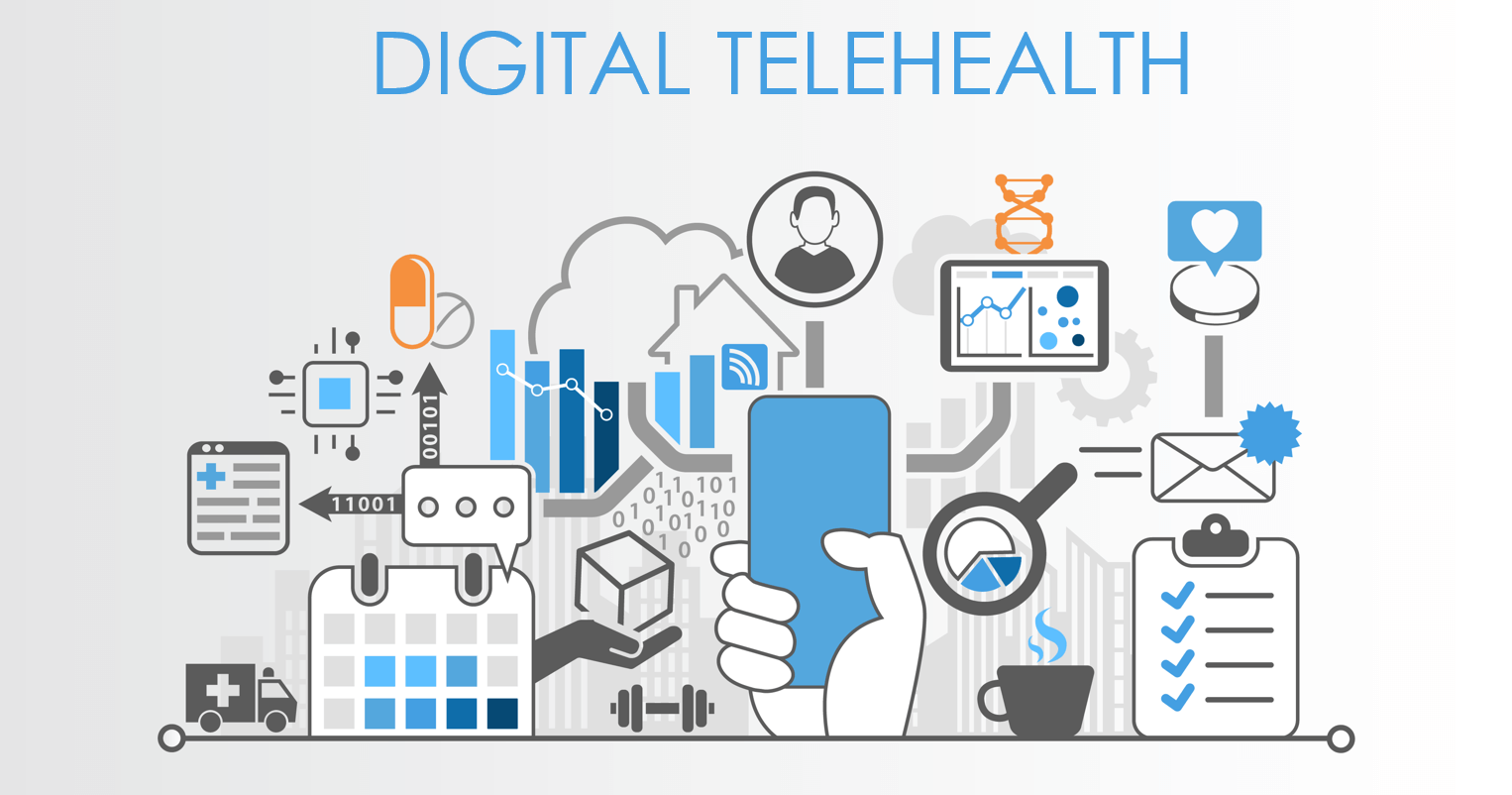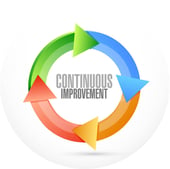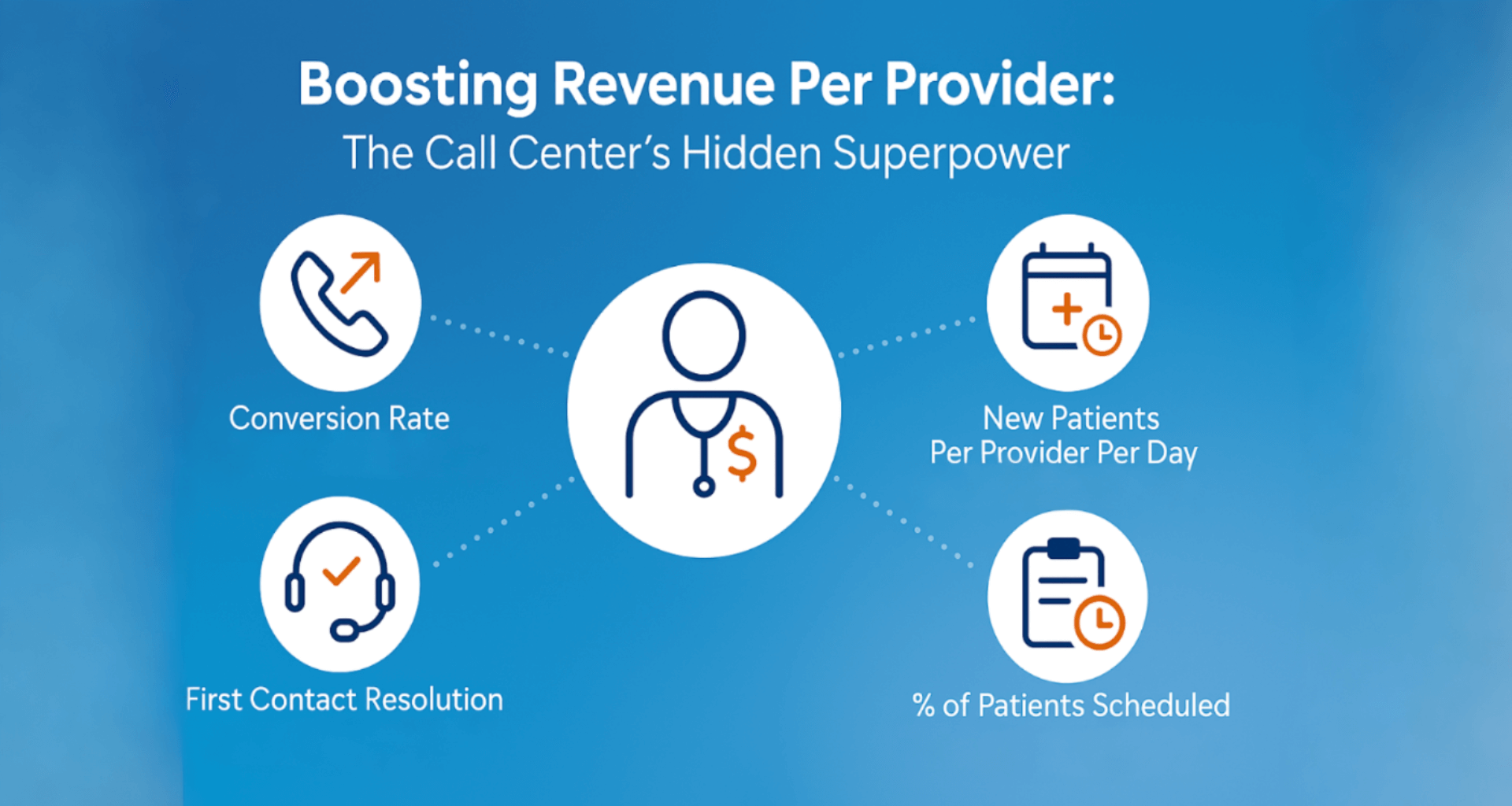
The digital transformation of healthcare is coming. A group of health system CIO’s noted in the Harvard Business Review that COVID forced most healthcare organizations to invest in so-called “digital front door” technologies, but it is not enough.
Delivering telehealth services seamlessly is an intensive exercise in change management. This can be tough for healthcare organizations whose core business practices have barely changed in seventy years.
What are the Three biggest telehealth mistakes companies make?
Hi-tech, finance, and retail have all undergone digital transformation. However, as consumers we’ve only seen one side of the process, and consequently, expectations are misguided. One phrase I’ve heard says it all:
“Once we install the right software, we should see full ROI in 6 months!”
We at Keona Health made a similar mistake; we created a “digital front door” that was funded by the NIH and received significant interest. But when we went to market, its true value proved elusive.
Here are the big 3 mistakes we made that we see others making:
- First of all, while technology is critical, the solutions start with changing processes and business models.
- Second, after you start, the biggest hurdle will be in creating an organic culture of change from within. The key word in “digital transformation” is not the word “digital,” but the word “transformation.”
- Which brings us to the third misconception embedded in that phrase – transformation can happen quickly. It takes years to make these changes.
However, he fact that transformation is challenging does not mean it takes rocket science, nor does it mean it’s out of reach. The steps are straightforward and a few benefits can be achieved quickly. Patience during the long journey is required. With determination and adjusted expectations, anyone can reach these goals.
HOW TO MEASURE YOUR TELEHEALTH TRANSFORMATION
1. Define & Set Strategic Targets
2. Create a Cross-Disciplinary Task Force
3. Measure and Perform a Gap Analysis
5. Create a Plan for Fast, Multi-Method Communication
Continue reading for an important bonus step to take your Telehealth Improvements to the next level!
Step 1 – Define & Set Strategic Targets
“Telehealth is defined as the use of electronic information and telecommunication technologies to support long-distance clinical health care, patient and professional health-related education, public health, and health administration.”- Health Resources and Services Administration
Note how this encompasses not just the services, but everything needed to support the service. This is very broad and encompasses practically every function within healthcare. And too big to tackle at once. You need to determine what key areas will be tackled first.
Examples:
- Triple the use of the website for self-service (self-education, self-scheduling, self-referral, etc.) by 2025.
- Double the local Medicare population served by 2024
- Increase telemedicine revenue by 50%
A FEW KEY TIPS:

1. Take a portfolio viewThe suite of services you provide create a portfolio. A portfolio view analyzes these. The analysis looks to see if there are any gaps in service, if any should be extended to telehealth, or if new products and services or unreached market segments

2. Turn liabilities into assetsFocus on ways in which your main costs (e.g. nurse triage or IT services) can be turned into revenue generators

3. Move toward a holistic approachFuture improvements and transformations should be organic. How do you create a technical and cultural system of continuous improvement from the ground-up where this is possible?
Step 2 – Create a Cross-Disciplinary Task Force
This is important for two reasons – first, you need everyone to opt-in. Second, you need insight from all areas of the business. Digital health transformation affects everyone.
Research shows that getting physicians and nurses involved in shaping the new workflows is a major factor in improving satisfaction and growth of telehealth. See
Patient and Clinician Experiences With Telehealth for Patient Follow-up Care (Jan 2019)
A Review of Patient and Provider Satisfaction with Telemedicine (Aug 2020)
Be sure to include patients in your plan! While they may not be on your task force, getting frequent feedback during planning and implementation is critical. At least one role on your task force should represent the patient perspective.
Step 3 – Measure and Perform a Gap Analysis
Before you can put out the digital front doormat, you need a clear view of the problems you are facing.
Complete a value-stream analysis of the service and set targets for each step of the workflow to identify areas of friction. By measuring simple throughput for each service, you get a feel for where you are losing patients.
Next, survey your providers & staff for their satisfaction with the process. Friction points will immediately surface.
Step 4 – Create KPIs and a Roadmap
Based on your strategic targets in step 1, and your analysis in step 3, you will need to create key performance indicators (KPIs) that match. Incorporate researched best practices as much as possible:
Key Performance Indicators
Top 13 Patient Experience Metrics Ranked
You will be redefining specific services to meet these goals. Here are some of the telehealth services that you will likely build specific targets set in support of your strategic goals:
- Scheduling
- Referrals
- Patient self-scheduling
- Rescheduling
- Check-in
- Intake
- Video chat
- Billing & reimbursements
RoadmapTo get you started, Keona Health has developed a roadmap for your digital front door:
 Patient Service Maturity Model
Patient Service Maturity Model
Don't forget safety! Because this is healthcare, be sure to evaluate safety each step of the way. For example, patient self-scheduling initiatives have been implemented over several decades, but few took seriously the fact that a large percentage of patients will triage themselves wrong – the wrong timeframe with the wrong provider for the wrong visit reason. This is why natural language symptom screening combined with guided scheduling questions should be the standard.
Focus on the process first, technology second. Too many vendors tout a lot of bells and whistles and promise their software can do it all. After implementation, you discover this turns out the technology doesn't transform anything on its own, and you’re stuck with a very large ongoing expense.

Step 5 – Create Plan for Fast, Multi-Method Communication
As outlined by Smarp, a few key concepts are: defining clear goals that everyone understands; building trust with honesty and transparency about the process; encouraging communication; listening to your employees’ concerns; and offering lots of training to help them get over the learning curve.
To embrace new processes, workflows, and technology, your culture needs to be open to experimentation and failure. Leaders often fail to grasp the importance of this aspect of transformation. Without addressing company culture, your project can easily fail.
Consulting firm McKinsey agrees: “The hardest part of a successful digital transformation is the cultural piece. Like the proverbial journey of a thousand miles, it begins with small steps.”
Bonus Step – Implement a Rigorous Improvement Cycle

- Review strategic targets
- Implement changes
- Address areas of friction
- Validate
- Share knowledge
- Rinse & repeat
"Digital transformation does not happen quickly. Some companies seem to expect it to happen over the course of a year. In my experience, particularly for larger organizations, closer to five years is more realistic. Even then, the task is never over."- Ashley Friedlein, founder of Econsultancy.
About Keona Health
At Keona Health, we believe that relationships matter. We know that a clinic’s triage system can test a patient-doctor relationship, especially if a patient cannot easily get the help he or she is seeking. Keona Health offers healthcare software and automation solutions to ease the burden of telephone triage on medical practices and help medical professionals better communicate with patients.
Posted By

Stephen Dean is COO of Keona Health, where he’s spent 13 years building AI systems that transform patient access. Before “agentic AI” was a term, his team was deploying autonomous systems that now handle millions of patient conversations annually.
Related Post
July 30, 2025
when patients call, they’re not just dialing a number—they’re reaching for help. and...
April 10, 2025
in healthcare, every interaction is a decision point—one that can impact outcomes,...



